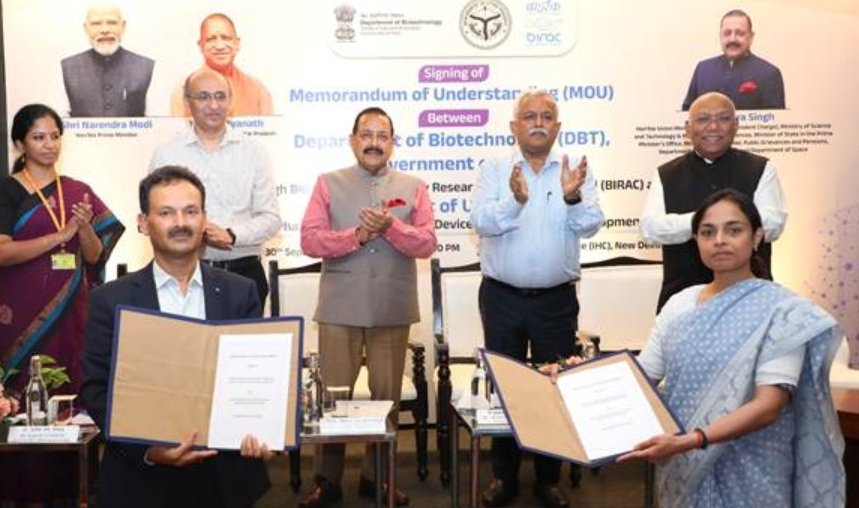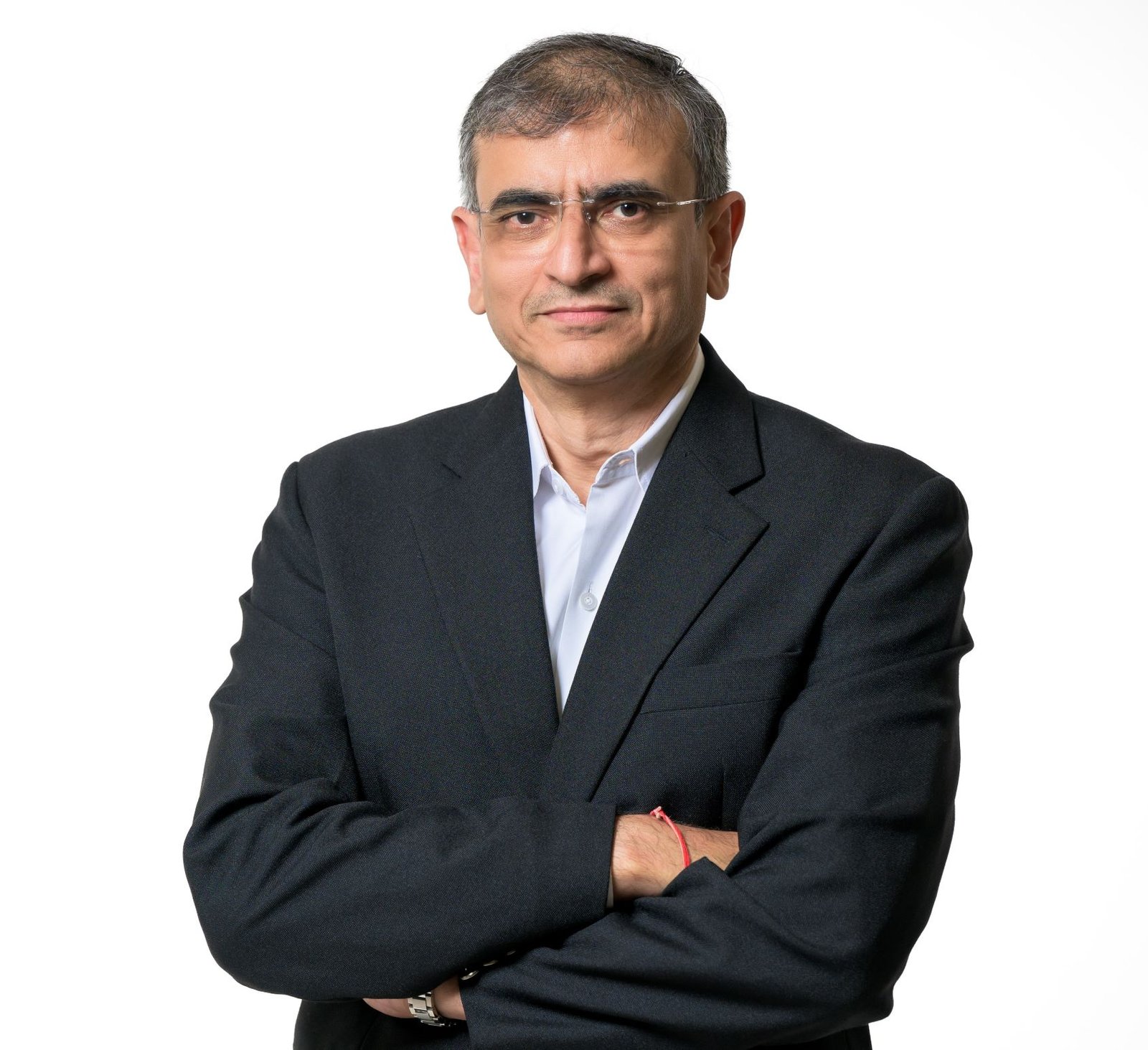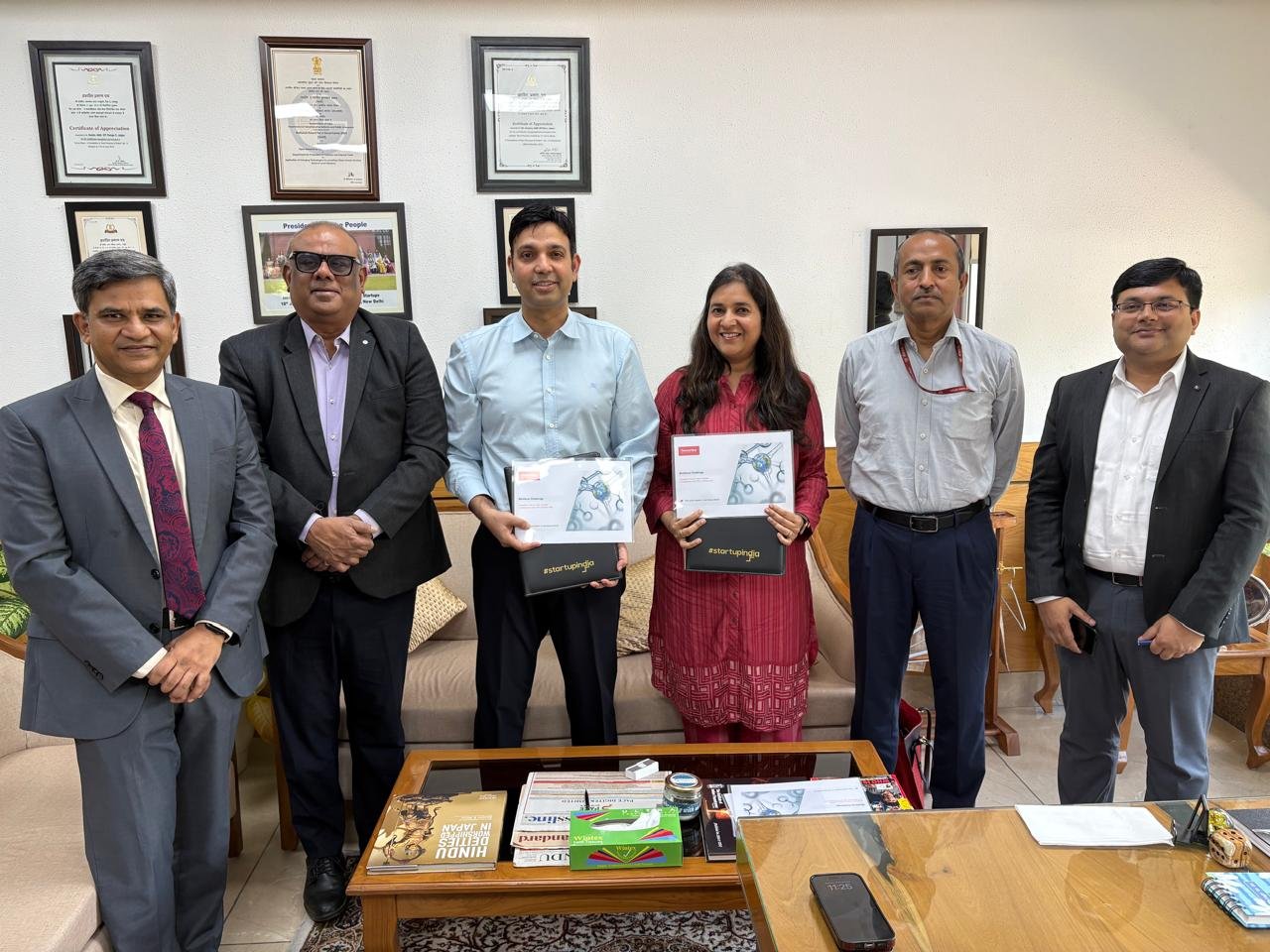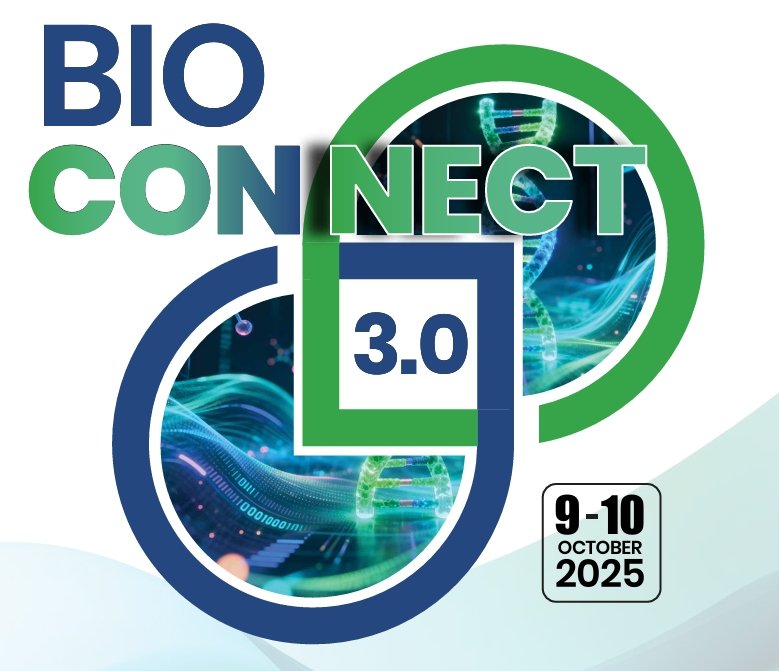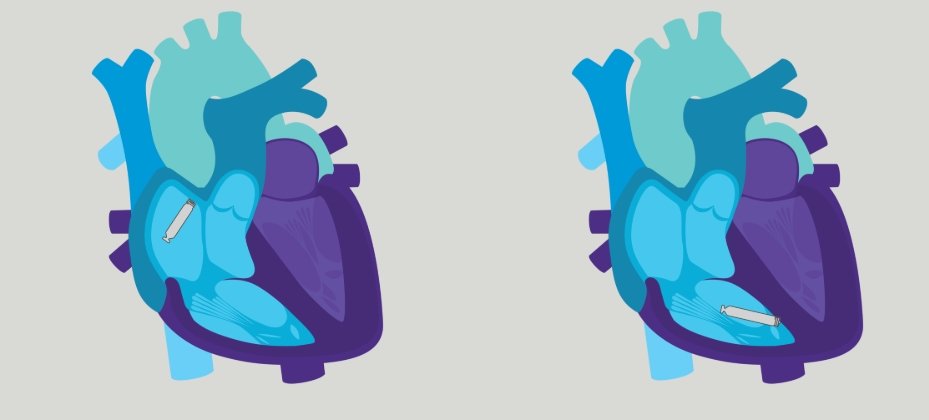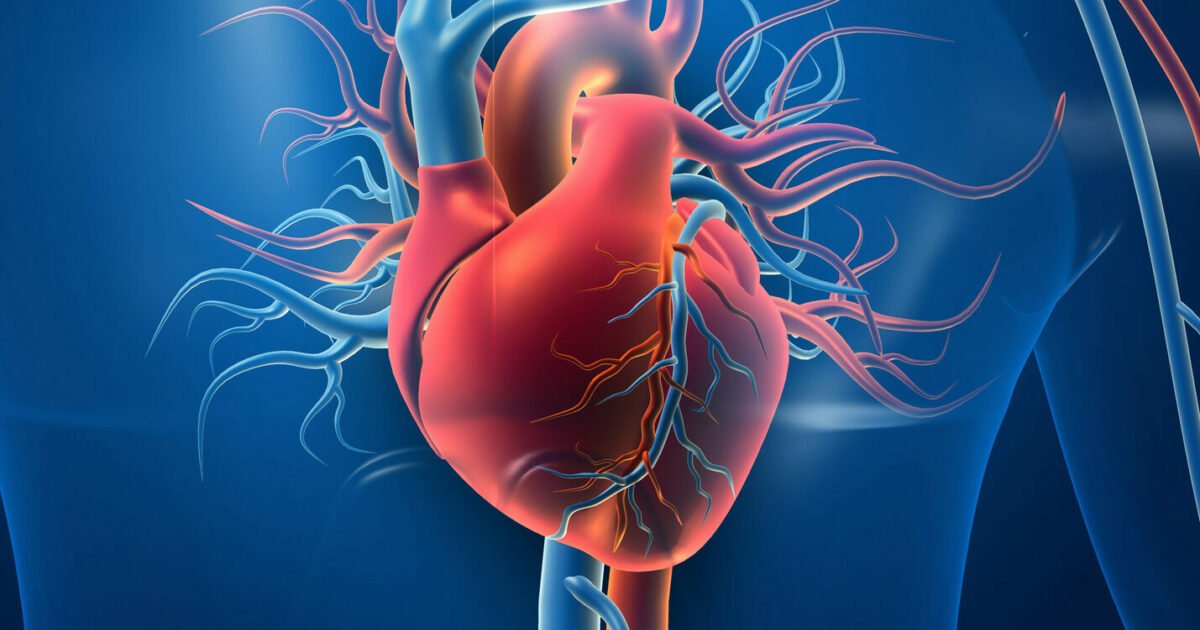How India lost an iconic biotech lab
February 04, 2015 | Wednesday | Views | By BioSpectrum Bureau
How India lost an iconic biotech lab
The AstraZeneca Bangalore Facility
This has ironically happened under the tenure of the state government of Karnataka ruled by the Indian National Congress (INC), which has played a major role in the development of biotech in the state with the launch of biotech millennium policy as early as in 2000-01 during INC's term of office under the then Chief Minister Mr S M Krishna.
AstraZeneca was one of the core members of the Vision Group on Biotechnology and the Karnataka Biotechnology Development Council then and a key constituent in the lifesciences sector. It has been a year since the announcement was made and BioSpectrum has pursued this development actively and presents various aspects of the development so far in this cover section.
Last January, when AstraZeneca announced that it will close its R&D site in Bangalore, Avishkar, it was a major blow for the industry, R&D, and the employees. The site which had over 165 researchers and was one of the important centers for AstraZeneca was also one of the pioneering corporate R&D set-up and the biosciences anchor. It was focused on pharmaceutical development and drug discovery research in neglected tropical disease, tuberculosis (TB), and malaria for almost three decades. This development was all the more shocking considering the fact that the R&D center, which had state-of-the-art facilities and equipment dedicated to cutting edge research in the lifesciences, was sold reportedly to leading IT major Cognizant.
The center should have been saved but both the state government and the central government failed to persuade AstraZeneca to gift the facilities like what it did with its Quebec and Chesire sites. None from the government is willing to explain the efforts made to persuade AstraZeneca and give an update on the closure of the facility and its present status. Neither is Cognizant willing to comment on the development. They would share the information at the appropriate time is what the Cognizant spokesperson had to say.
The facility could have been given to the Center for Brain Research at the Indian Institute of Science or help build a Bioincubator. When asked to share his insights on the entire issue, Infosys co-founder Kris Gopalakrishnan, who has donated $1.8 million to Carnegie Mellon University (CMU) for a research partnership between CMU and the Centre for Brain Research (CBR) at the Indian Institute of Science (IISc) in Bangalore, said, "I have neither approached AstraZeneca nor did I bid.
The only thing I know is that IISc wanted to buy AstraZeneca facility to establish a center for brain research. I came to know that IISc approached AstraZeneca and at that time AstraZeneca had an offer from some others. AstraZeneca informed us of the same and we left it there." If only AstraZeneca followed some of the successful models of gifting the facilities that it did elsewhere in the world, it would have been a great boon for the industry. Hope Cognizant makes it up and develops this facility as a center of excellence.
It maybe recalled that AstraZeneca was formed by the merger of Sweden-based Astra and UK-based Zeneca in 1999. Headquartered in London, it is the world's seventh largest company and has operations in over 100 countries. Astra AB was formed in 1913 by 400 doctors and apothecaries. AstraZeneca Pharma India Limited was incorporated on July 11, 1979 under the name of Astra IDL Limited. In 1984 Astra AB set up the Bangalore site as a non-profit organization engaged in the promotion of biomedical research and sponsorship of symposia in infectious disease in India. (The symposium part was not a part of the remit until 1996). In February 2001, AstraZeneca announced it had completed a transaction to buy a controlling stake in the joint venture company Astra-IDL, and renamed it as AstraZeneca Pharma India Ltd. Based in Bangalore, AstraZeneca Pharma India Ltd manufactures and distributes AstraZeneca products.
The Astra Research Center was commissioned some time in 1985 which was later named the AstraZeneca R&D Center following the merger of Astra and Zeneca. The research center was initially started as a small facility inside the IISc campus and then moved to Aranya Bhavan in Malleswaram, Bangalore. This facility was inaugurated by the then Prime Minister Mr Rajiv Gandhi and was conducting research on neglected tropical diseases, diarrheal diseases, malaria, and tuberculosis.
Due to its excellent performance, in order to improve the lab facilities and to provide a better environment for research, the company moved it around 10 years ago to Kirloskar Business Park at Hebbal. The research center that began with close to 8 scientists soon beefed up to a strength of 75 in AstraZeneca R&D and around 100 in pharmaceutical development R&D which was also located in the same campus. This new location gave the R&D center easy access to academic hubs of excellence including National Center for Biological Sciences (NCBS), Jawaharlal Nehru Centre for Advanced Scientific Research (JNCASR) and the Indian Institute of Science (IISc), University of Agricultural Sciences (UAS), Center for Cellular and Molecular Platforms (C-CAMP), and Indian Veterinary Research Institute (IVRI).
The lab was fully integrated with AstraZeneca's global R&D infrastructure and had state-of-art facilities. The unit was unique in being the only or one of very few places in India doing innovative drug discovery and one focused on diseases of the developing world such as TB and malaria. There was a focus on high quality science, good laboratory standards and on safety and ethical practices as well. Many organizations like Global Alliance for Tuberculosis, Welcome Trust, and Medicines for Malaria Venture, European Union had funded the research work carried at the facility. The center provided the complete ecosystem for a perfect R&D. Many youngsters joined this center as trainees and the facility also conducted summer workshops to train young talent and generate skilled workforce for the country.
The AstraZeneca center was a training ground for India's budding entrepreneurs. More than half-a-dozen biotech companies have been set up by scientists who learnt the rigors of corporate R&D under the watchful eyes of AstraZeneca research heads.
AstraZeneca PLC announced a major investment program in 2001 that included $10 million to create new research laboratories in Bangalore, and $5 million in 2001 to support research activities. This was significant considering the fact that the investment in India was to create a center of excellence at its facility in Bangalore for the discovery and development of new medicines of importance to the developing world. The research center, thereafter recruit additional world class scientists, focused majorly on finding a new treatment for tuberculosis. The Executive Director, R&D, at AstraZeneca at that time, Mr Claes Wilhelmsson, then said, "These new laboratories will form an integral part of our research into infectious diseases and, together with academic collaborations, AstraZeneca in Bangalore will become a leading center of excellence for TB research." And Dr Barry Furr, Chief Scientist and Head of the Project Evaluation Group at AstraZeneca then, was appointed to lead the laboratory which housed about 65 scientists. Dr Tanjore Balganesh was the Head of Research at the Bangalore laboratory then, said, "Bangalore is the academic center of India and we are very excited to have this opportunity to attract top class scientists to work with us on this program."
Everything seemed to be perfect! However, there was a twist. By early 2013, many of AstraZeneca's blockbuster drugs went off the patent. The list included AstraZeneca's Arimidex, Atacand, Crestor, Nexium and Seroquel IR in a number of markets accounting for a revenue decline of around $2.2 billion. Revenue from Seroquel slipped 31 percent to $438 million while blood pressure drug Atacand's sales decreased 37 percent to $166 million, Bloomberg reported.
"As expected, our financial performance in 2013 reflected the ongoing impact of the loss of exclusivity for several key brands, with revenue down 6 percent to $25,711 million, said Mr Leif Johansson, Chairman, AstraZeneca, in a statement. "The industry faces an ongoing R&D productivity challenge. R&D costs have risen significantly over the past decade, while industry-wide probability of success of new medicines, though showing some recent signs of improvement, has not kept pace." The Forbes magazine reported that from 1997-2011 AstraZeneca spent close to $58,955 million on R&D and could manage to get only 5 drugs approved in that period.
"AstraZeneca continues to be hit heavily by its patent cliff," said Mr Mick Cooper, an analyst at Edison Investment Research in London. The company then initiated workforce optimization and business alignments and began the closure of its R&D sites, the first to be hit was the Alderley Park in England sacking/relocating nearly 2900 jobs. As per its corporate restructuring plans the company announced in its annual report that it planned to reduce the headcount at global AstraZeneca sites thus afflicting many employees.
"The restructuring program is expected to deliver a further $300 million in annual benefits by the end of 2016, bringing total anticipated annualized benefits of the program to $1.1 billion. The expansion of the program is estimated to affect approximately 550 positions, bringing the total global headcount reduction under the program to around 5,600 over the 2013-2016 period," said the company in its annual report.
The company also announced its three major target areas - Respiratory, Inflammation & Autoimmunity; Cardiovascular & Metabolic Disease and Oncology. It clearly said that the focus on infection and vaccines and neuroscience will be opportunity driven. The company plans to align around three strategic R&D sites and two satellite labs.
The beginning of 2014 saw a new development. US-based Pfizer showed its interest in acquiring AstraZeneca for $100 billion. However, the British drug maker rejected the offer. The takeover would have made Pfizer-the world's biggest drug maker. Since then, to overcome the losses for its patented products AstraZeneca has made a series of acquisitions to strengthen its product portfolio. In December 2013, AstraZeneca announced an agreement to purchase BMS's 50% interest in AstraZeneca-BMS joint diabetes business. This acquisition completed in February 2014. Under the agreement, approximately 3,900 BMS and Amylin employees will transfer to AstraZeneca.
Employees affected by the changes in India left the company at the end of April and the site has been closed. Several of the employees are understood to have joined Biocon. AstraZeneca's India commercial organization and the clinical operations, also based at the Avishkar site, moved to Manyata Tech Park in Bangalore.



